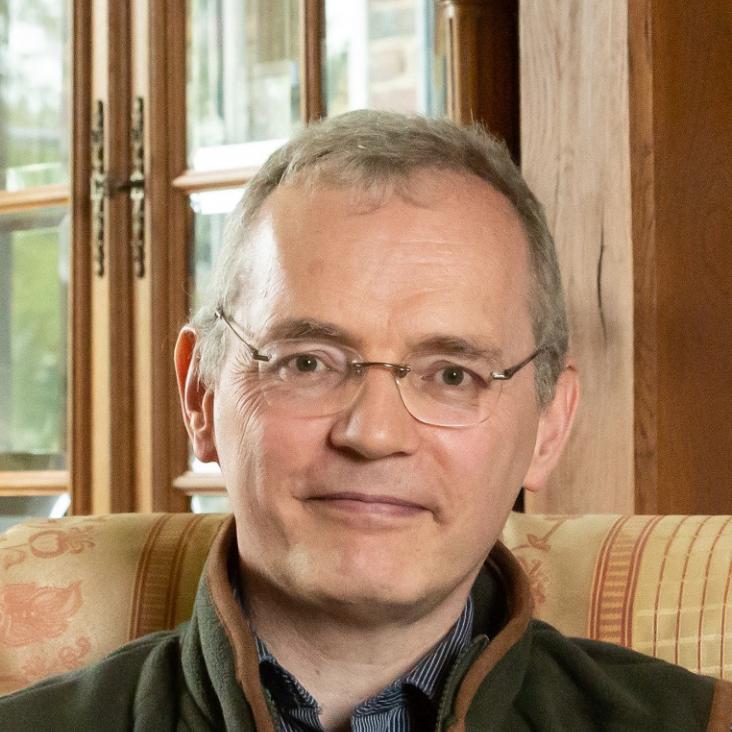Field-tunable Berezinskii-Kosterlitz-Thouless correlations in a Heisenberg magnet
Entanglement between muon and I > 1/2 nuclear spins as a probe of charge environment
Abstract:
We report on the first example of quantum coherence between the spins of muons and quadrupolar nuclei. We reveal that these entangled states are highly sensitive to a local charge environment and thus, can be deployed as a functional quantum sensor of that environment. The quantum coherence effect was observed in vanadium intermetallic compounds which adopt the A15 crystal structure, and whose members include all technologically pertinent superconductors. Furthermore, the extreme sensitivity of the entangled states to the local structural and electronic environments emerges through the quadrupolar interaction with the electric field gradient due to the charge distribution at the nuclear (I > 1/2) sites. This case study demonstrates that positive muons can be used as a quantum sensing tool to also probe structural and charge-related phenomena in materials, even in the absence of magnetic degrees of freedom.Spin dynamics, entanglement, and the nature of the spin liquid state in YbZnGaO4
Abstract:
Electron spin dynamics was studied down to 80 mK in the triangular-lattice quantum spin-liquid candidate YbZnGaO4 using muon spin relaxation, finding no evidence for freezing or ordering of the Yb spins. The muon spin relaxation rate can be represented by the sum of two contributions, one dependent on longitudinal magnetic field and the other independent of field. The field-dependent term follows the form expected for two-dimensional diffusion of mobile spin excitations. The spin-diffusion rate obtained for these excitations in the high temperature paramagnetic regime is comparable with the exchange coupling frequency J/h, reducing significantly in the low temperature quantum regime. This slowdown is assigned to the effect of quantum entanglement. The exchange coupling J is estimated to be 2.0(2) K from the crossover between the two regimes. The field-independent term is only weakly dependent on temperature, and at 15 K its absolute value is consistent with dipolar coupling of the muon to the three Yb moments closest to the muon site, where the spin dynamics of these moments is determined by exchange fluctuations. The temperature-dependent properties in the quantum regime are compared against the three possible U(1) spin-liquid models that have been obtained for the strongly spin-orbit coupled triangular lattice by Y.-D. Li, Y.-M. Lu, and G. Chen [Phys. Rev. B 96, 054445 (2017)]. The comparison with theory takes published specific heat and thermal conductivity data into account, along with the spin-diffusion rate obtained from the muons. It is found that the nodal spin-liquid model U1A11 containing both linear and quadratic nodes provides better agreement with experiment than either the U1A00 spinon Fermi surface (FS) model or the U1A01 model that contains only linear nodes.


